Spoiler alert: Teaching vowels in the traditional order A, E, I, O, and U can actually be confusing to new readers. Several of the sounds are so similar that learning them back-to-back is a real struggle. For instance, new readers’ brains strain to hear the difference between the short A in BAD and the short E in BED. They’re practically identical to an untrained ear!
But the great news is that when you teach those same five vowels in a slightly different way, they’ll stick for kids faster and easier than ever before.
So, what’s the BEST order to teach vowels? Here’s the scoop…

You know how we help students memorize the vowel letters with the simple rhyme “A, E, I, O, U, and sometimes Y”?
And then there’s the catchy song:
(Sung to the BINGO tune.)
There are some special letters and vowels are their name-o:
A, E, I, O, U
A, E, I, O, U
A, E, I, O, U
And sometimes Y.
While memorizing the list of vowels in that order is fine, actually teaching vowels in that order can be overwhelming for new readers because these vowel pairs sound and feel very similar:
- Short A and E
- Short I and E
- Short O and U
You can actually see the similarities for yourself when you say each pair of vowel sounds in the mirror!
But with just a simple little reshuffling, we can take away much of the confusion for students by separating similar sounding vowels so their brains can focus in on the differences that make each vowel sound unique.
The best order I’ve found for teaching vowel sounds is:
- Short A
- Short O
- Short E
- Short U
- Short I
And since research has shown us that learning to read is a largely auditory skill, it’s important for students to be able to hear the differences between letter sounds.
Doing that can be as simple as giving students a handheld mirror, picking a vowel sound to focus on, and asking five specific questions about it:
- What are your lips doing?
- What are your teeth doing?
- What is your tongue doing?
- What is your voicebox doing?
- How is your air flowing?
As you talk through the answers to each question together, you’ll be helping students lay down the brain pathways they need to correctly identify the vowel sounds when they read and spell later.
Slowing down to study each sound will actually help you speed up students’ learning!
But wait! What about when Y is a vowel?
We can’t forget Y.
There are three special rules we can teach students to help them know when Y is considered a vowel:
- It’s the only vowel in the word. (sky, cry, my)
- It’s at the end of a syllable. (cy-cle)
- It’s in the middle of a syllable. (gym)
Teaching students predictable spelling rules like these ones help them connect the dots they need to become successful readers more quickly.
Grab The Science of Reading in Action Book
This is just the tip of the iceberg to helping students learn to read. Get all of my favorite brain-friendly strategies and teaching tricks inside my book, The Science of Reading in Action, right here.



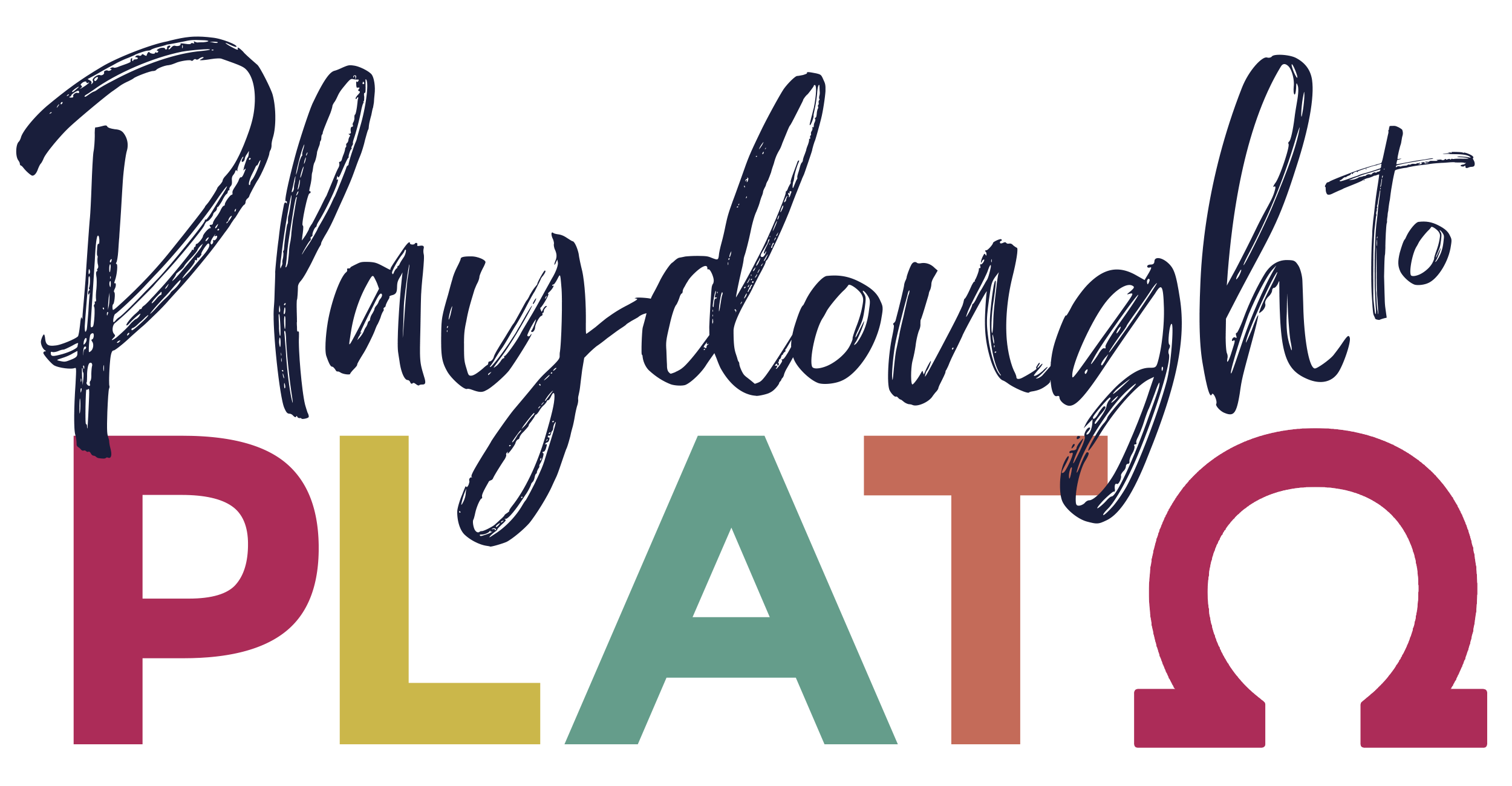
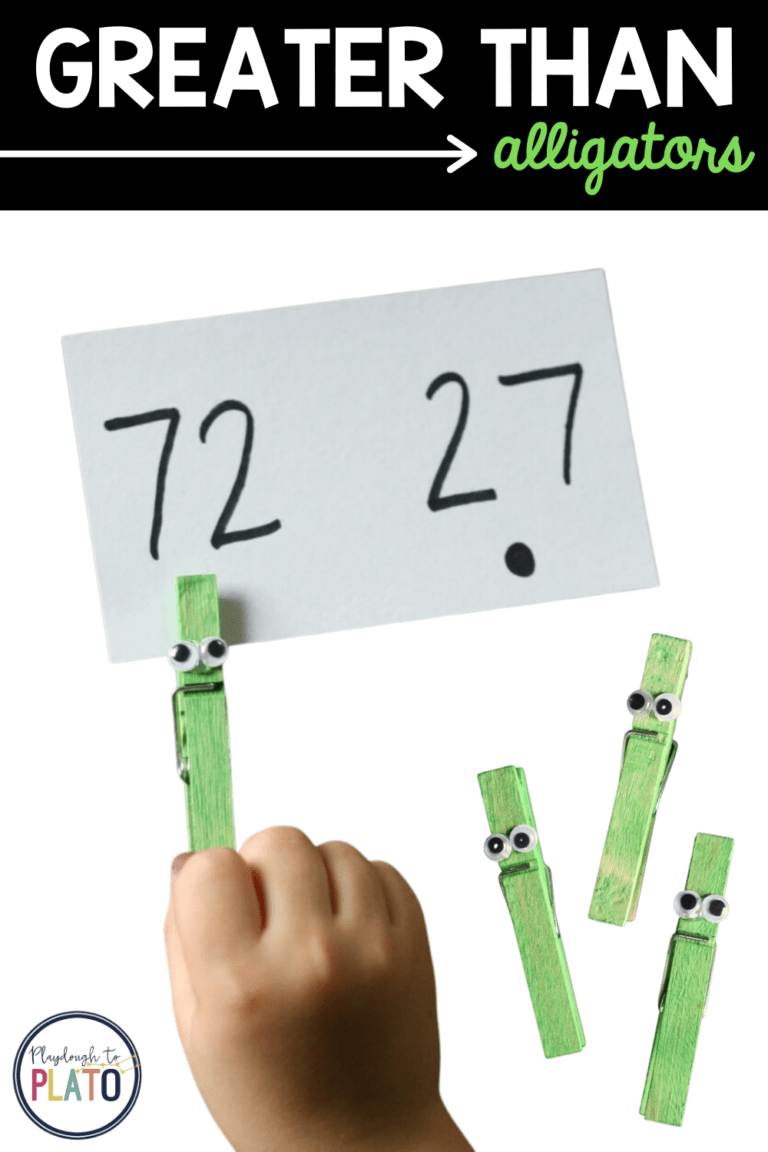
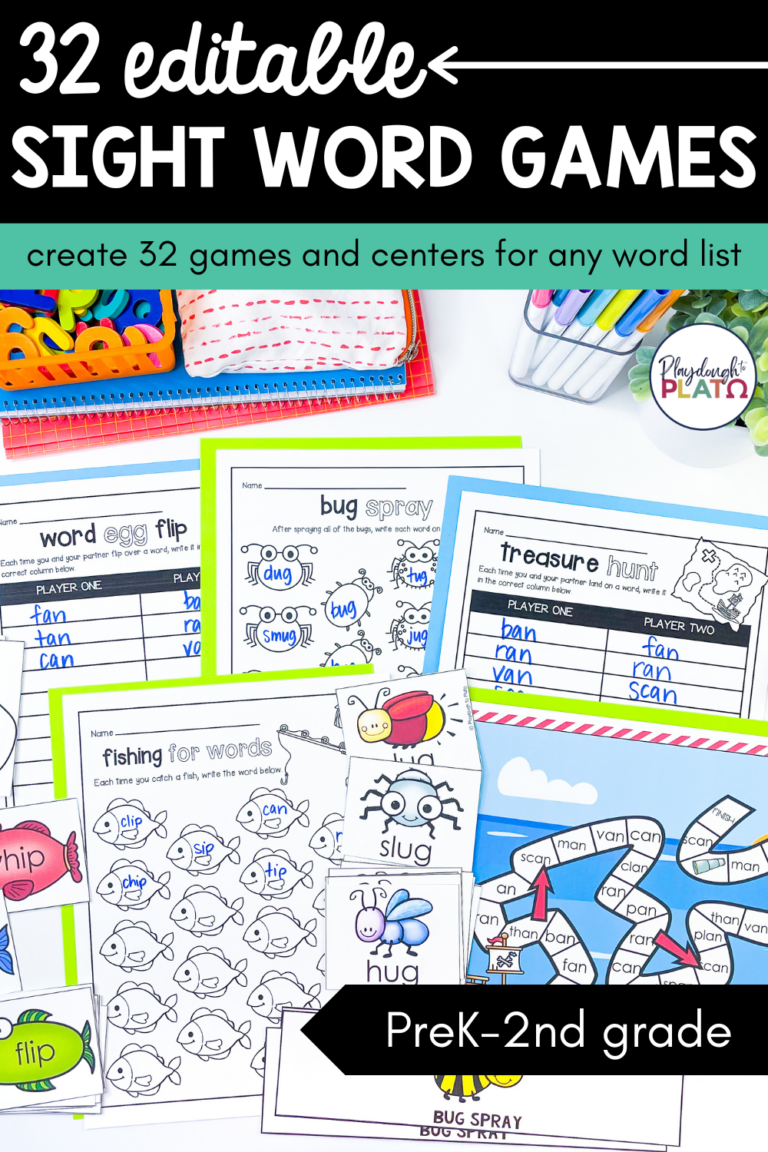
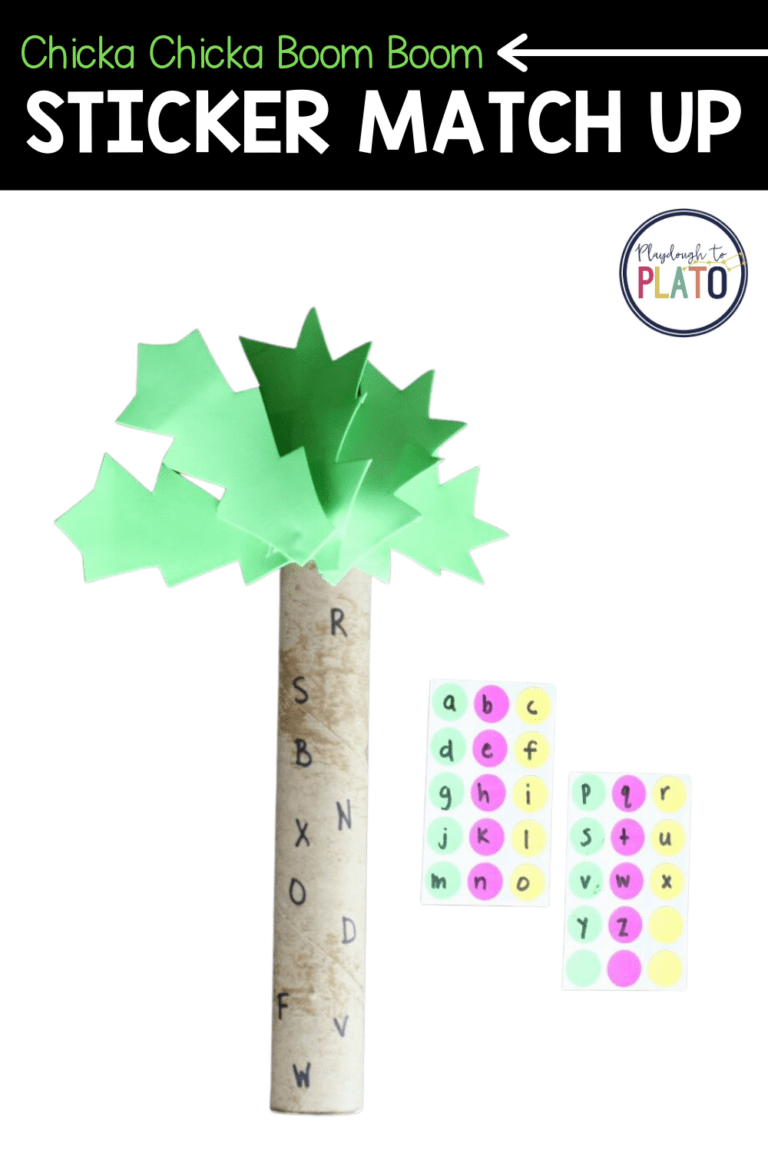
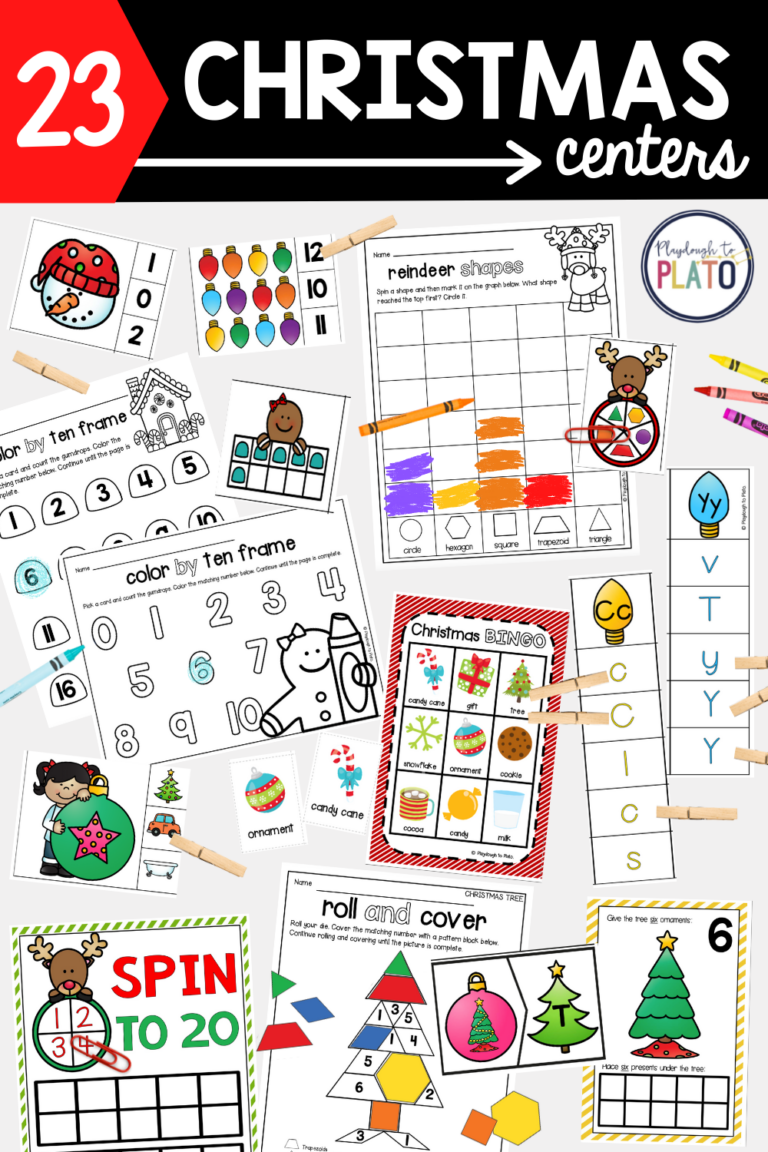
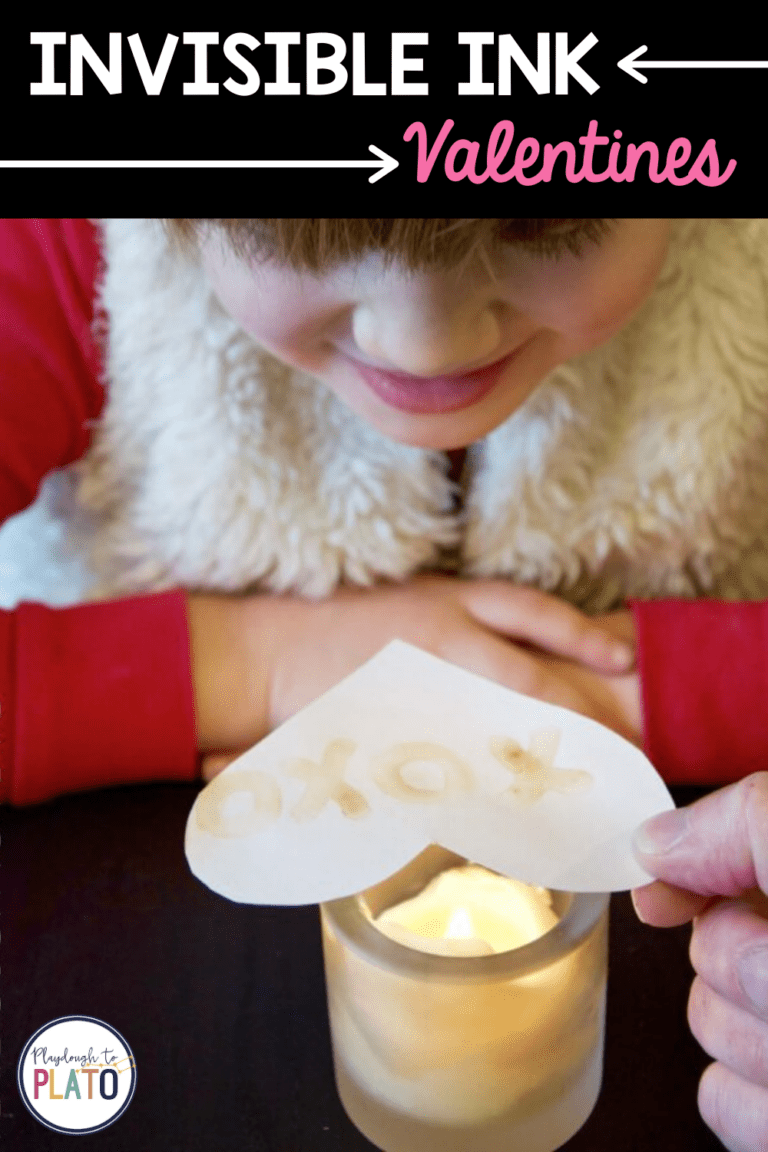
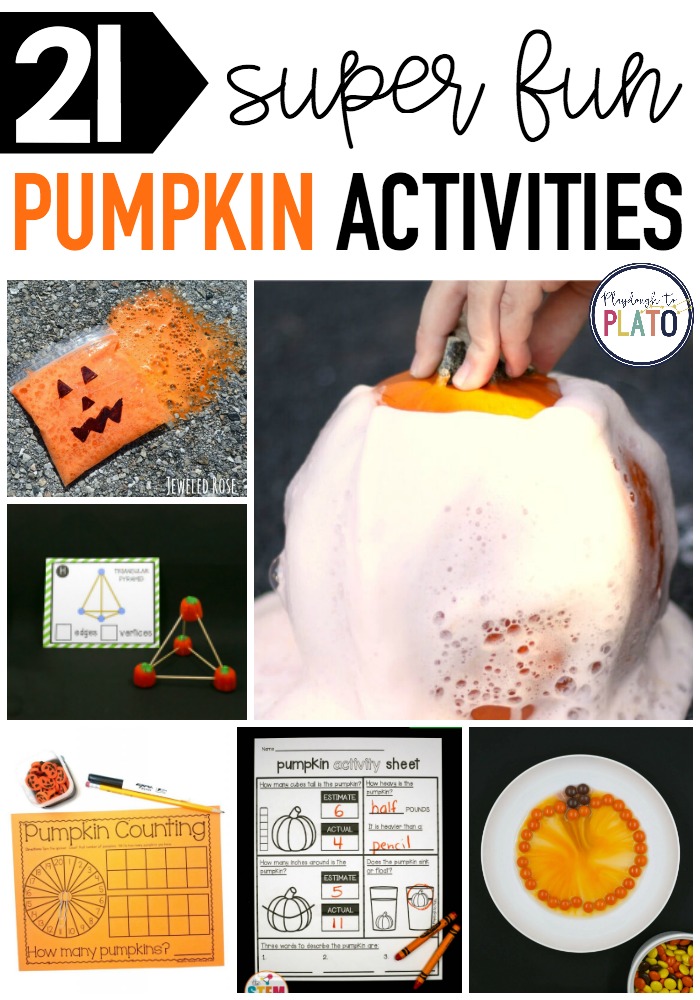
Thank you. This makes so much sense and is very helpful.
We’re so glad you found the order of the vowels helpful, Dena!
Sarah // Playdough to Plato Team
A very useful, practical blog…and really so easy when described this way.
We’re so glad you found it useful, Donald! It really is such a simple change that can make a big difference!
Sarah // Playdough to Plato Team
In ty-pi-cal, y is not in the middle of a syllable. Is there a better example?
What about – tricycle, copying, amaryllis, abyss, dehydrate?
Hi Sherry!
You’re so right! The words “gym” or “style” would be better examples.
Warmly,
Sarah // Playdough to Plato Team
What beginning age should you teach this?
Hi Denise!
You can start teaching vowel sounds in preK!
Warmly,
Sarah // Playdough to Plato Team
Howdy Denise,
I’m a father and an early elementary school teacher. I would start teaching your child letter sounds including vowels as early as you can. Your scholar only needs to know a handful of consonants and one vowel to start decoding and blending CVC words.
I had my daughter using post-it notes with letters written on them to make and read CVC words when she was 3. She was working on letter names and sounds when she was 2. She recently turned 4 and is now able to read words with beginning and ending consonant blends (words with 5 sounds like crust). I also have her using the continuous blending method. The sooner you start the better. I would start with the following letters: m, s, t, p, d and a for the vowel. I use a similar approach with students that do not know all their letter sounds and don’t know how to decode or blend. Good luck!
Oops you spelled cycle incorrectly.
Thank you so much for catching that typo, Jacqui! It’s all fixed!
Warmly,
Sarah // Playdough to Plato Team
Howdy Denise,
I’m a father and an early elementary school teacher. I would start teaching your child letter sounds including vowels as early as you can. Your scholar only needs to know a handful of consonants and one vowel to start decoding and blending CVC words.
I had my daughter using post-it notes with letters written on them to make and read CVC words when she was 3. She was working on letter names and sounds when she was 2. She recently turned 4 and is now able to read words with beginning and ending consonant blends (words with 5 sounds like crust). I also have her using the continuous blending method. The sooner you start the better. I would start with the following letters: m, s, t, p, d and a for the vowel. I use a similar approach with students that do not know all their letter sounds and don’t know how to decode or blend. Good luck!